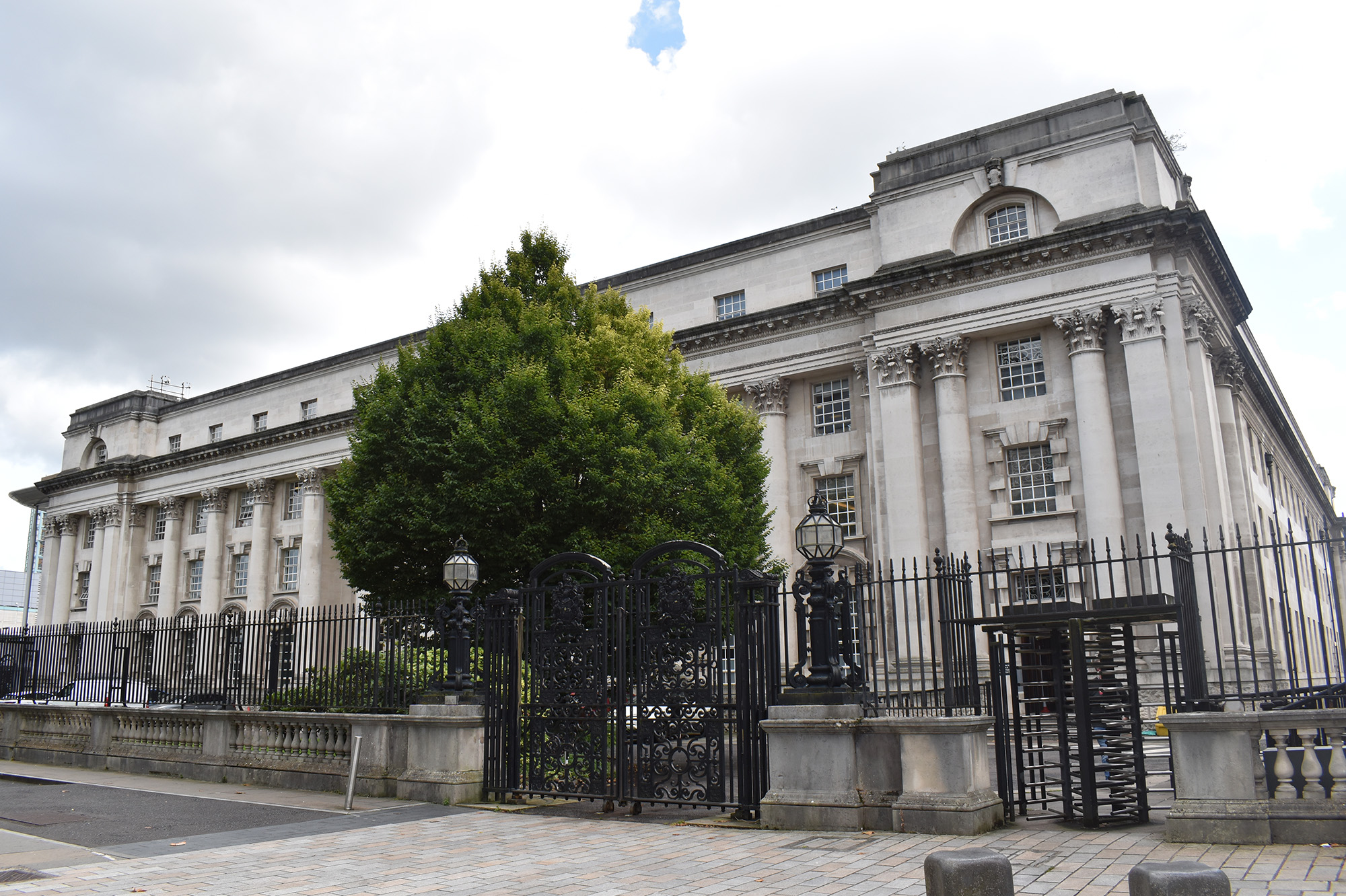NI Court of Appeal: Claim for septuagenarian’s exposure to asbestos via father’s employment at Titanic shipyard wrongly dismissed

Northern Ireland’s Court of Appeal has upheld an appeal brought by a man in his 70s who claimed damages resulting from the fact that he was a secondary victim of asbestos exposure via his father’s employment at the Harland & Wolff shipyard.

About this case:
- Citation:[2023] NICA 61
- Judgment:
- Court:NI Court of Appeal
- Judge:Mrs Justice Keegan
Delivering the judgment, Lady Chief Justice Siobhan Keegan found that the trial court was plainly wrong to dismiss the action, given that although the appellant’s exposure timeline was somewhat confused, his medical evidence had not been challenged.
Background
This case concerned a claim for provisional damages arising out of the development of pleural plaques. The appellant, born in March 1951, developed these plaques as a secondary victim, having been exposed to asbestos from his father who worked as a pipe lagger at the Harland & Wolff shipyard from 1948-1983.
Mr Justice McAlinden originally dismissed the claim in the High Court in December 2022, awarding costs to the respondents.
On appeal, the central ground of challenge was that the judge erred in law in concluding that the appellant had not proven, on the balance of probabilities, that his exposure to asbestos between November 1965 and 1974 materially increased his risk of contracting bilateral calcified pleural plaques.
Medical evidence
The judge was satisfied, on the balance of probabilities, that the plaintiff had developed pleural plaques as a result of his exposure to asbestos dust and fibres. As he never worked with asbestos, the court accepted that his exposure to it occurred in his domestic environment, and the source was the person and clothing of his late father.
In this action, Harland & Wolff did not dispute that until the mid-1970s workmen “on occasions brought home work clothes contaminated with asbestos dust and particles and that family members were exposed to the dust and particles and years later developed pleural plaques”.
The trial judge considered two expert reports from a medical witness. The first, dated November 2015, included a history taken from the appellant which recounted his childhood experiences.
The appellant remembered playing a game which involved hiding under his father’s coat which hung at the bottom of the stairs, which was a regular occurrence. He described the coat as being white and dusty, with a “spikey feel” to the dust.
The report noted that this occurred from when he was a very young child until he was 12 or 13 years of age. In the summary and conclusion section of this report, the doctor noted that it was almost certain that his father’s work coat was covered with asbestos dust and that this was the likely source of his asbestos exposure.
The second report, dated 25 October 2018, appeared to change its conclusion, finding instead that this exposure at home would have occurred until his father stopped working or Mr Moore left the family home. The judge was “clearly sceptical” of this change in opinion.
Legal claims for asbestos exposure
Compensation for pleural plaques is available in Northern Ireland under the Damages (Asbestos Related Conditions) Act (Northern Ireland) 2011. An employer’s failure to take reasonable steps to protect employees from exposure to risk from toxic substances, such as asbestos dust, may also result in the exposure of family members or members of the public to such risk. Whether there is liability depends on the foreseeability of the damage to the individual claimant.
In 1965 a study into the effects of low-level exposure to asbestos became available and, as a result, liability may be established post 1 November 1965 for this type of secondary victim, but not before.
This appeal, and its defence, centred around the proposition that there was no evidence of exposure post 1965 that materially contributed to the risk of the development of pleural plaques and, therefore, the claim could not succeed.
In defending their claim, the respondents highlighted what they described as unsatisfactory medical evidence produced by the appellant.
Consideration
Ultimately, the trial judge found that the appellant had failed to satisfy, on the balance of probabilities, that the exposure to asbestos dust and fibres in his childhood home in the period after 1965 made a material contribution to the risk of the appellant developing pleural plaques.
The trial judge’s rationale was:
“There are just too many short-comings, deficits and contradictions in the plaintiff’s case for me to be able to simply sweep them all aside and conclude that because there was a period between 1965 and 1974 when the plaintiff probably experienced some exposure to asbestos dust and fibres then that exposure must have materially contributed to the risk of him developing pleural plaques, particularly when that period followed on from a 14-year period of what was in all likelihood a longer period of more intensive exposure.”
Despite this approach, the Court of Appeal was wary not to “lose sight of the fact that the medical evidence… was not objected to”. This medical evidence was the only medical evidence presented to the court. The respondents served no medical evidence despite being at liberty to do so.
Accordingly, the court found that the judge erred and was plainly wrong to dismiss the appellant’s claim on the basis of inadequate medical evidence, without further explanation.
The court noted, as the appellant had stated in his evidence, that post 1965 he still lived in the same house where his exposure to asbestos had occurred. Further, the court noted that the trial judge did not claim to have not believed the appellant, or to have ever questioned his credibility.
Conclusion
Ultimately, the court allowed the appeal, finding this to be a “rare case” where the judge plainly erred in the ultimate decision that he reached.
The court agreed that, rather than dismiss the case entirely, the judge should have considered whether an award could have been appropriately reduced to take note of the fact that, during the period post 1965, the appellant was a teenager and potentially had less exposure. That would have been a permissible route to take, and was the route adopted by the Court of Appeal.











